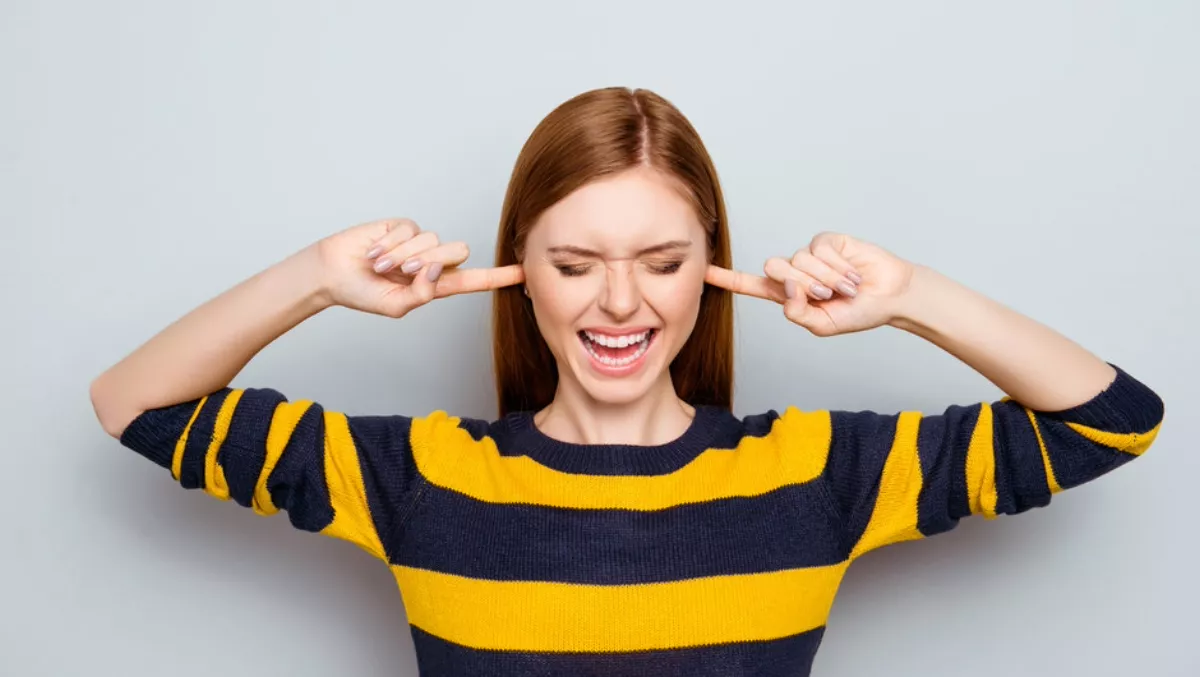As communication evolves and we become ever-more connected, so too do the distinctions between what is ‘sound' and what becomes ‘noise'. It's the difference between something non-distinct, maybe even pleasant and something intrusive.
You might remember the days when it was okay to smoke almost anywhere – indoors or outdoors - but one day it stopped being the norm. The smoke became an intrusive smell that people no longer felt comfortable tolerating. Of course, various health implications were a driving force behind this, but it's evolved further and is now a simple consideration – think smoke-free university campuses and the like.
Will the sheer volume of noise we now experience without invitation, soon make us think the same? Will we stop tolerating the things that bother us and demand consideration of our soundscape?
What is noise and how has it evolved over time?
Once, noise could have been characterised as any series of sounds that could be heard by an individual or a group of people. Now, noise can be defined more broadly as a distraction. Convenience and appropriateness are the defining factors between what's simply a ‘sound' and what can be escalated to ‘noise'.
Digitally created sounds are one of those things that can quickly become ‘noise' if not practiced with consideration of others in mind.
Our soundscape
We like to be in control of our own soundscape. The freedom to decide what sounds to let in and what to share with others is important to us – especially in more pressured environments like the workplace.
It's in places like these when consideration of the noise we produce is required. How loud is our phone call? Can you hear your co-worker's music through their headphones? Do you need to have that meeting in a public area of the office?
As the world becomes ever-more cacophonous, it is important to create a new set of rules for acceptable, polite ‘sonic behaviour'. Below are a few suggestions for how we can reduce the impact of our digitally created noise, making for a happier and more considerate soundscape.
When in public spaces - trains and cafes, for instance – do you need to have phone conversations or listen to music on your device's speakers – or could you minimise the audible impact on your surroundings by using quality earbuds or a headset? It's always best to ask those around if the noise is bothering them – if only to avoid the awkwardness of them having to ask you to turn it down.
Audible cues - Our lives are filled with audible cues; alarms, notifications, ringtones and even warning signs. Do yourself and the people around the favour of prioritising which ones you need to share with the world – in many cases these cues can even be replaced by vibration cues on your device or headphones.
Personal safety – Finally, and obviously I hope, do pay attention to your own personal safety. Audio technologies can make us deaf to the dangers of the world around us. There are too many tragic stories of pedestrians or cyclists run down on roads or railways while totally absorbed in their music. Fortunately, headphones and earbuds increasingly feature “hear-though” technologies, which provide a balance between audio, ambient and sound, enabling us to recognise sounds that alert us to danger.
We already live among a lot of noise in our day-to-day lives. For many, our soundscape is loud enough without accounting for someone else's noise, especially from their digital devices. And just as we have the right to our own personal soundscapes, so too do we have the right to quiet – or at least, the freedom from second-hand noise intruding into our lives.
So, while it's not a matter of life and death just yet, let's give some thought to the noise we make, have the debate and create new social norms – starting in the office.
